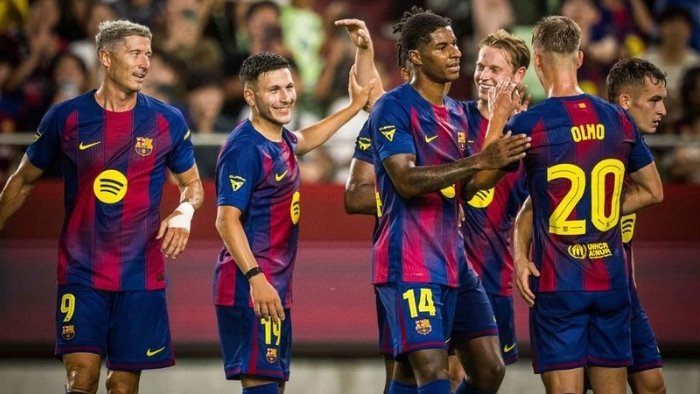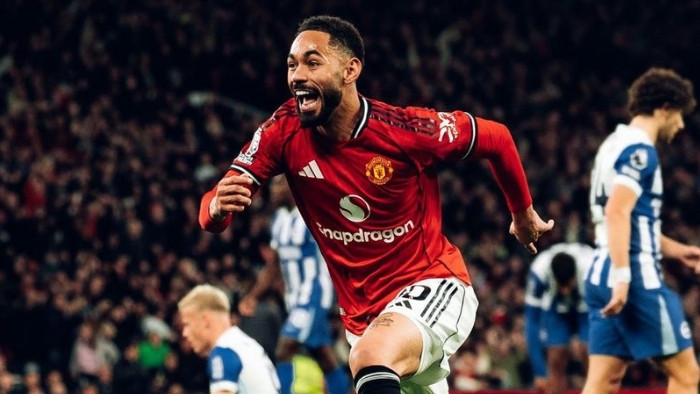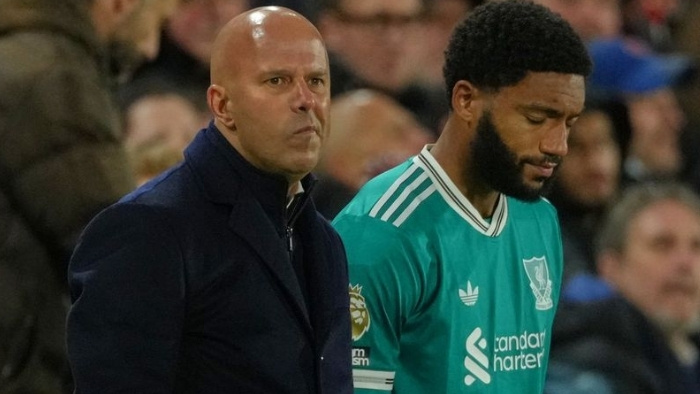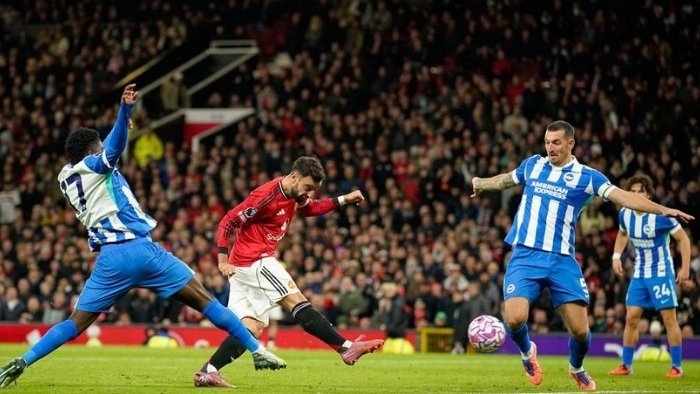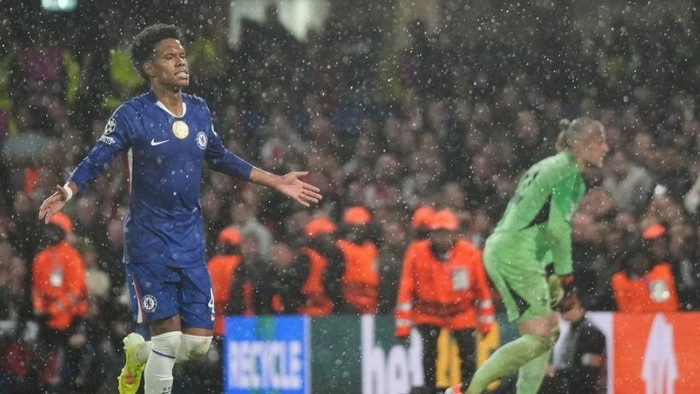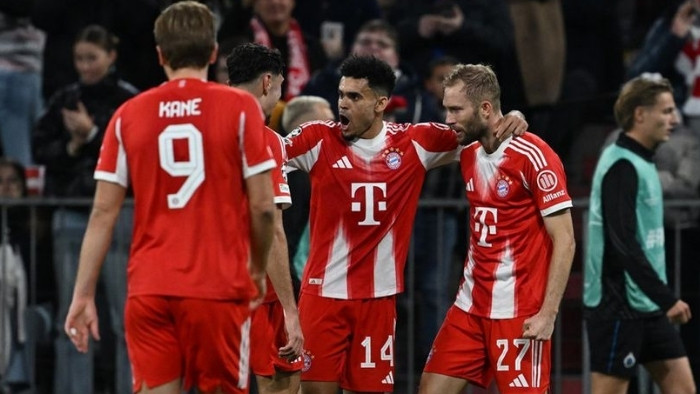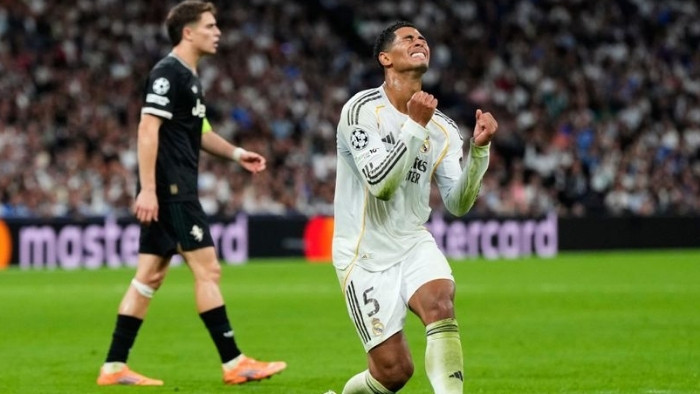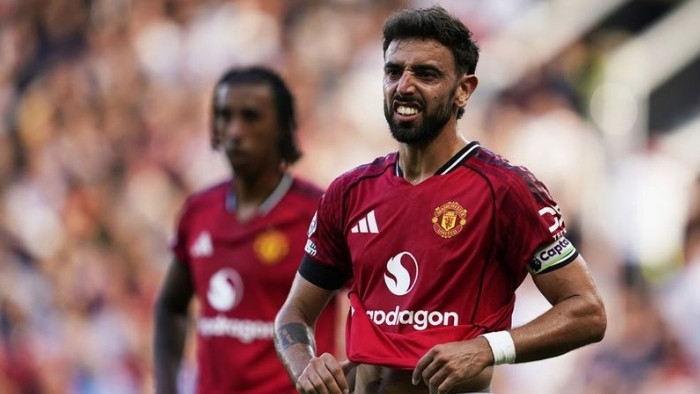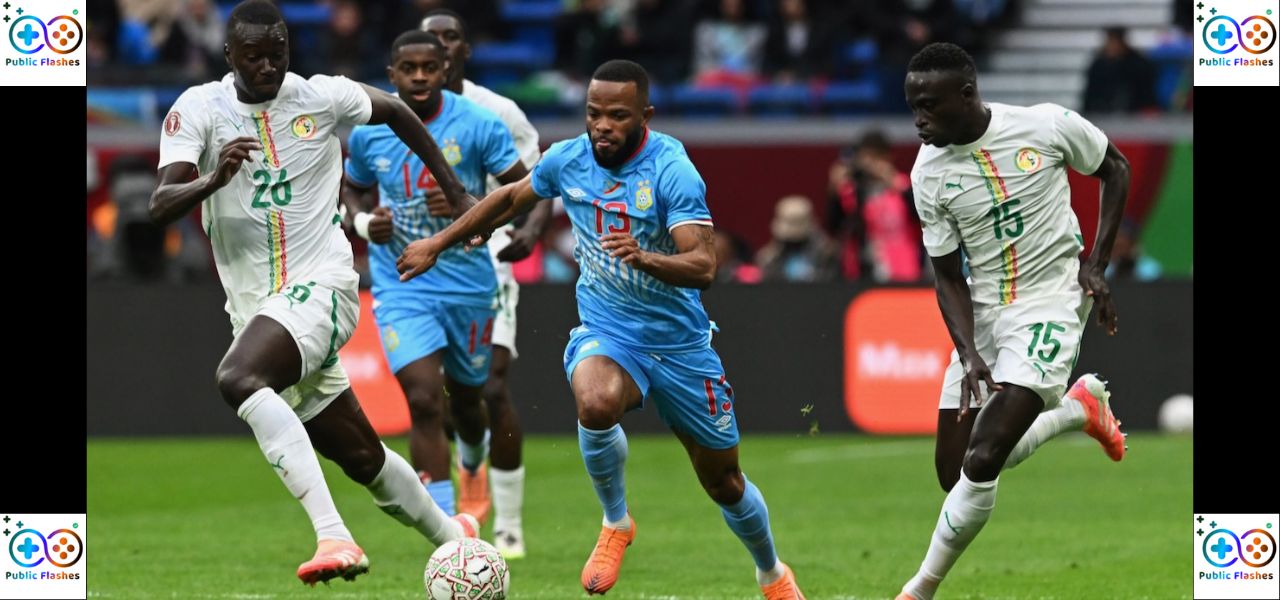Barcelona’s Home Crisis: Where Will They Play?
Barcelona finds itself trapped in a chaotic stadium dilemma. The Camp Nou renovation continues without a clear finish date. Meanwhile, Estadi Olímpic Lluís Companys feels like borrowed ground. The question now burns hotter than ever—where will Barcelona play next season?
The club juggles emotions, logistics, and fan backlash. Everyone expects clarity. Yet, management still debates the options. Uncertainty clouds the season’s momentum.
Camp Nou Still Under Construction
Barcelona left Camp Nou in 2023 to begin long-awaited renovations. The club promised a new era—a modern, electric fortress. However, delays continue to plague progress. Heavy rainfall, labor shortages, and inflation drive construction timelines off course.
Originally, Barcelona planned to return mid-2024. Now, insiders whisper about late 2025 or even 2026. That shifts everything. It forces decisions they didn’t anticipate.
Moreover, fans grow impatient. Every visit to Montjuïc reminds them of what they’ve lost.
Estadi Olímpic: A Temporary Fix, Not a Home
Barcelona currently plays at Estadi Olímpic Lluís Companys. While iconic, the stadium feels cold. It lacks Camp Nou’s soul. The stands sit far from the pitch. The acoustics dampen chants. Even the players struggle to connect with the atmosphere.
Additionally, public transport issues frustrate fans. Many complain about long commutes and poor accessibility. Ticket sales drop. Season ticket holders skip matches. It no longer feels like Barcelona.
The club knows this. That’s why pressure builds to find a better alternative.
Financial Stress Adds to the Chaos
Barcelona’s financial wounds still bleed. Every decision links back to money. Playing at Montjuïc costs millions. Low attendance hurts revenue. Corporate sponsors demand better exposure. Everyone wants answers. But money restricts every move.
Camp Nou’s renovation already consumes the club’s budget. Shifting to another stadium adds new costs. Yet, staying too long at Montjuïc may erode global prestige.
This dilemma becomes more than a logistical issue—it becomes an identity crisis.
Other Stadium Options on the Table?
Barcelona explored temporary stadium partnerships. RCDE Stadium—home of city rivals Espanyol—emerged as a controversial option. However, tensions between fanbases sparked immediate rejection. Neither side welcomed the idea.
Another option floated: playing occasional matches abroad. But La Liga rules prevent frequent relocation. UEFA regulations further complicate matters. So, Barcelona remains stuck between compromise and disaster.
Management even considered building a temporary modular stadium. But cost and time made that dream vanish quickly.
Player Frustration Begins to Show
Players rarely speak out. But signs of frustration begin to leak. Some mention difficulties adjusting to Montjuïc’s surface. Others miss the atmosphere that pushes them during crucial matches. The stats confirm it—Barcelona’s home form dipped since the move.
This lack of emotional connection hurts performance. Younger players especially feel the pressure. The club risks losing its edge unless they act fast.
Even new signings ask tough questions before joining. They want to know where they’ll play next season.
Xavi’s Vision Disrupted by Uncertainty
Coach Xavi wants consistency. He builds teams through rhythm and routine. A stadium should offer familiarity and strength. Instead, he deals with rotating conditions. Every match feels like a neutral ground game.
That hurts tactics and morale. Xavi now pushes management for clear answers. He wants planning, not promises. With each passing month, frustration rises.
Fans Want Transparency—And Action
Barcelona’s fans always stand proud. However, this time, they demand more than loyalty. They want transparency. The club held multiple meetings but delivered no solutions. Rumors swirl, but clarity disappears.
Social media explodes after every vague press conference. Supporters chant for change. Many even organize protests outside offices. This level of unrest doesn’t help an already wounded club.
If Barcelona fails to communicate, they risk losing their greatest asset—fan trust.
Presidential Pressure: Laporta on the Hot Seat
Joan Laporta campaigned on promises of renewal. He vowed to bring back glory. That includes fixing Camp Nou. But delays and poor planning now haunt him. Critics question his strategy. They ask why no backup plan exists.
Laporta now juggles boardroom politics, press backlash, and internal division. His legacy could suffer if this stadium crisis derails the season. Every decision he makes now carries massive weight.
UEFA and La Liga Watching Closely
Barcelona’s stadium decisions affect more than just fans. UEFA and La Liga closely monitor their choices. Champions League regulations demand strict stadium requirements. Montjuïc barely qualifies. UEFA might issue warnings if conditions worsen.
La Liga, too, wants better standards. Television contracts depend on top clubs providing elite environments. Barcelona’s current setup doesn’t reflect the brand they once championed.
Therefore, pressure builds from outside—adding fuel to an already burning fire.
What’s Next: Can Barcelona Escape This Maze?
Barcelona must decide quickly. Camp Nou won’t finish soon. Montjuïc wears out its welcome. Other options remain too risky or costly. The board plans an emergency meeting in the coming weeks. Fans hope it brings real answers.
Barcelona’s identity hangs in the balance. This stadium chaos doesn’t just disrupt logistics. It threatens the club’s spirit. Every legend played at Camp Nou. Every historic moment breathed from its stands.
Now, the future waits in limbo.
Final Thoughts: Stadiums Are More Than Concrete
Barcelona’s dilemma proves something deeper. A stadium isn’t just seats and lights. It’s a heartbeat. It’s the place where magic lives. Right now, Barcelona plays without a home. And without a home, even giants feel small.
The club must act—fast, clear, and bold. Because every match away from Camp Nou chips away at their essence.
Read too: Isak Agrees Liverpool Deal: Dramatic Newcastle Exit Emerging
